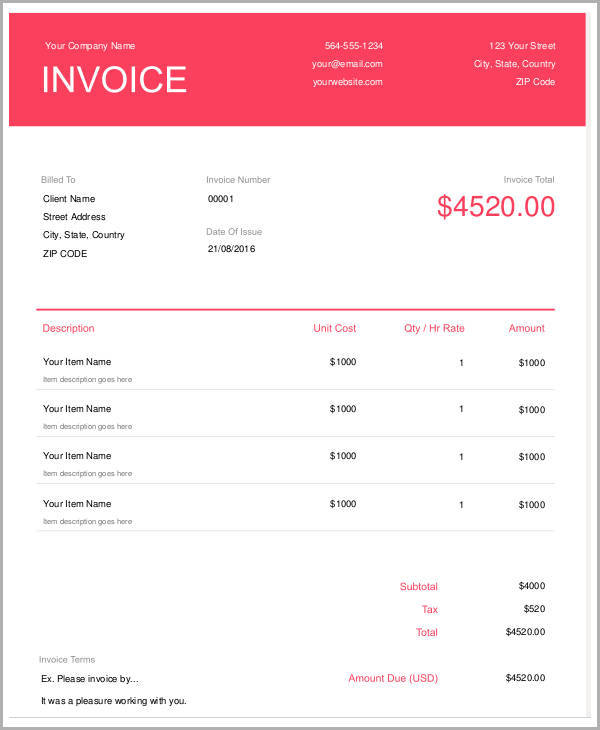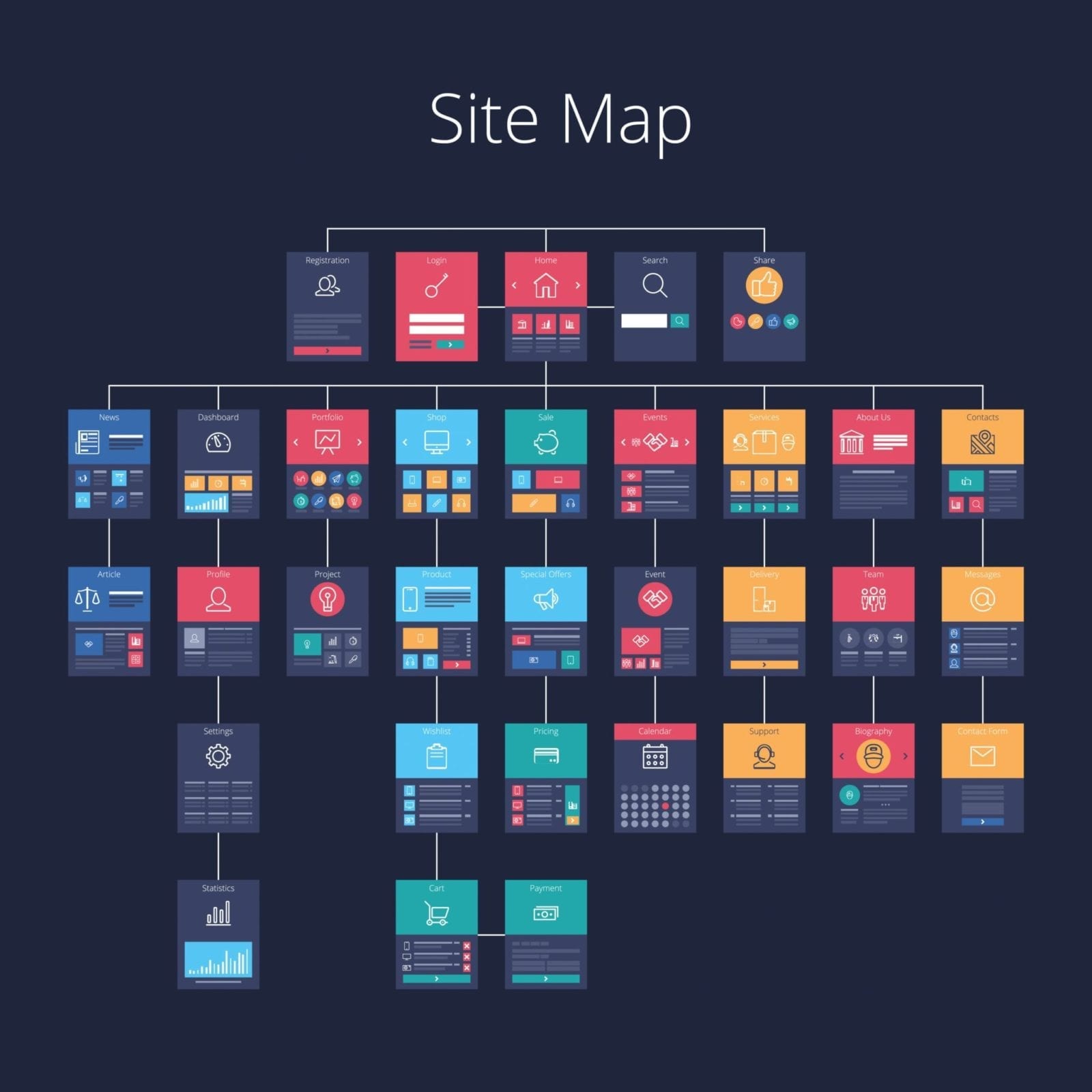

- WEBMAP DESIGN SAMPLE HOW TO
- WEBMAP DESIGN SAMPLE PDF
- WEBMAP DESIGN SAMPLE MANUAL
- WEBMAP DESIGN SAMPLE SOFTWARE
- WEBMAP DESIGN SAMPLE CODE
Here are six of the most useful break styles: In addition to manually setting breaks tmap allows users to specify algorithms to automatically create breaks with the style argument.
WEBMAP DESIGN SAMPLE MANUAL
The results show (from left to right): default settings, manual breaks, n breaks, and the impact of changing the palette.Īnother way to change color settings is by altering color break (or bin) settings.
WEBMAP DESIGN SAMPLE CODE
It also has the unique capability to generate static and interactive maps using the same code via tmap_mode().įinally, it accepts a wider range of spatial classes (including raster objects) than alternatives such as ggplot2 (see the vignettes tmap-getstarted and tmap-changes-v2, as well as Tennekes ( 2018), for further documentation).įIGURE 9.5: Illustration of settings that affect color settings. It has a concise syntax that allows for the creation of attractive maps with minimal code which will be familiar to ggplot2 users. Tmap is a powerful and flexible map-making package with sensible defaults. This section focuses on tmap and emphasizes the important aesthetic and layout options. The base R approach is also extensible, with plot() offering dozens of arguments.Īnother approach is the grid package which allows low level control of static maps, as illustrated in Chapter 14 of Murrell ( 2016). Sometimes, simplicity and speed are priorities, especially during the development phase of a project, and this is where plot() excels. The generic plot() function is often the fastest way to create static maps from vector and raster spatial objects (see sections 2.2.3 and 2.3.3). However, despite the innovation of interactive mapping, static plotting was still the emphasis of geographic data visualisation in R a decade later ( Cheshire and Lovelace 2015). Things advanced with the release of sp (see Pebesma and Bivand 2005) and many techniques for map making have been developed since then. Initially, static maps were the only type of maps that R could produce.
WEBMAP DESIGN SAMPLE PDF
pdf for raster and vector outputs respectively. Static maps are the most common type of visual output from geocomputation. Sections 9.3 to 9.5 cover animated and interactive maps (including web maps and mapping applications).įinally, Section 9.6 covers a range of alternative map-making packages including ggplot2 and cartogram. The next section covers a range of static maps, including aesthetic considerations, facets and inset maps.
WEBMAP DESIGN SAMPLE HOW TO
This chapter shows how to make a wide range of maps. Map making is therefore a critical part of geocomputation and its emphasis not only on describing, but also changing the world. Maps are also often the best way to present the findings of geocomputational research in a way that is accessible.
WEBMAP DESIGN SAMPLE SOFTWARE
This has changed with the emergence of open source mapping software such as the R package tmap and the ‘print composer’ in QGIS which enable anyone to make high-quality maps, enabling ‘citizen science’. Map making has historically been an activity undertaken only by, or on behalf of, the elite. Historic examples include maps of buildings and land ownership in the Old Babylonian dynasty more than 3000 years ago and Ptolemy’s world map in his masterpiece Geography nearly 2000 years ago ( Talbert 2014). Maps have been used for several thousand years for a wide variety of purposes. In addition to being fun and creative, cartography also has important practical applications.Ī carefully crafted map can be the best way of communicating the results of your work, but poorly designed maps can leave a bad impression.Ĭommon design issues include poor placement, size and readability of text and careless selection of colors, as outlined in the style guide of the Journal of Maps.įurthermore, poor map making can hinder the communication of results ( Brewer 2015):Īmateur-looking maps can undermine your audience’s ability to understand important information and weaken the presentation of a professional data investigation.


Map making is no exception, hence this chapter’s coverage of one package ( tmap) in depth rather than many superficially. When learning a new skill, it makes sense to gain depth-of-knowledge in one area before branching out. The focus of this chapter, however, is cartography with dedicated map-making packages. It is possible to create advanced maps using base R methods ( Murrell 2016). Static mapping in R is straightforward with the plot() function, as we saw in Section 2.2.3. Map making - the art of cartography - is an ancient skill that involves communication, intuition, and an element of creativity. A satisfying and important aspect of geographic research is communicating the results.


 0 kommentar(er)
0 kommentar(er)
